The Ultimate Art Lovers’ Guide to New Orleans
The Big Easy's art scene is heating up in preparation for Prospect.4, the art triennial opening in November

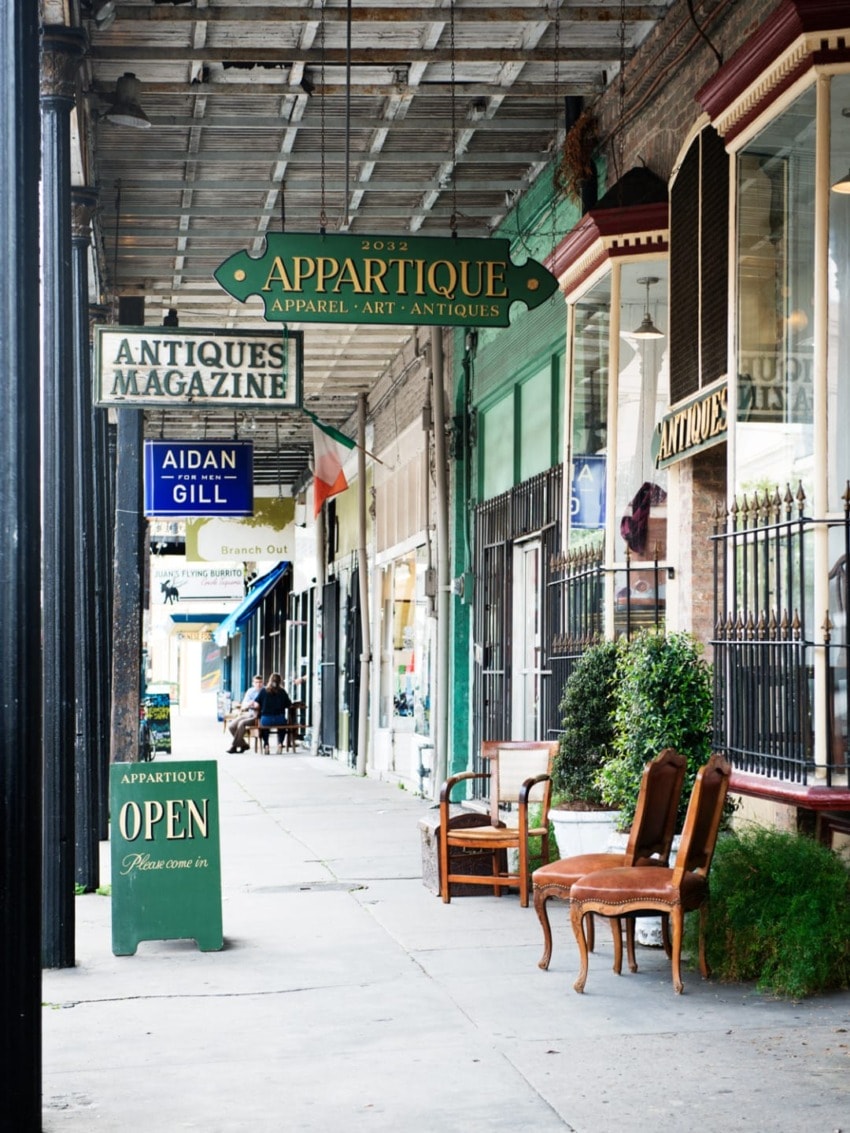
Throughout history, legendary storytellers such as Bob Dylan and Ernest Hemingway have extolled the benefits of getting lost in the Big Easy. Several even managed to produce works of breathtaking genius while swatting away the mosquitoes. More recently, however, it’s the visual artists who have moved into the spotlight. This November marks the fourth iteration of Prospect New Orleans, the art triennial hatched by independent curator Dan Cameron in the bleak wake of Hurricane Katrina and subsequently pushed forward by Franklin Sirmans, at the time the curator of the Los Angeles County Museum of Art. The latest reboot, designated Prospect.4, will take place under the guiding eye of Trevor Schoonmaker, chief curator at Duke University’s Nasher Museum of Art.
Just in time for the 300th anniversary of the city’s founding, Prospect.4 (which runs from November 18 to February 25) will have the theme “The Lotus in Spite of the Swamp” and will explore the myriad forces that came together to create this most European, African, and Caribbean of American cities. “New Orleans is very welcoming on the one hand,” Schoonmaker says, “and on the other, there are layers of esoteric knowledge that you can never get to the bottom of unless you are New Orleanian—and even then it’s still sometimes buried.”
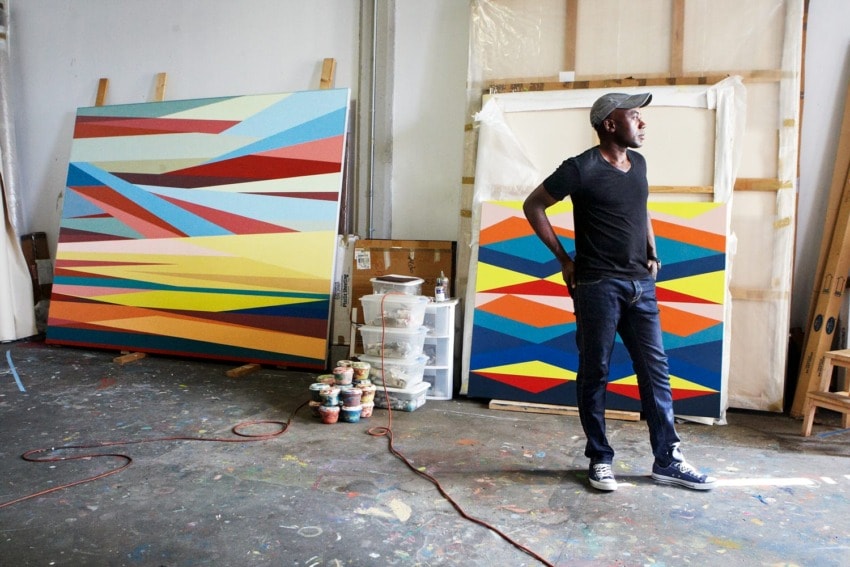
Installations will lure visitors to all parts of the city, including less-discovered destinations. Brooklyn artist Derrick Adams plans a multimedia piece inside a fully operational streetcar, for example, and Odili Donald Odita’s work will be integrated into the ferry that crosses the Mississippi River and that will transport folks to Kara Walker’s much-anticipated project at Algiers Point, which was a pivotal stop in the slave trade.
An expert in African and global contemporary art, Schoonmaker is a natural fit for a city transitioning from the Old South to the improved South—one where gorgeous old plinths that once supported Confederate statues await new monuments telling new stories to new generations. For Prospect.4, Schoonmaker has inverted the usual artist ratio: The roster is 75 percent people of color and women and 25 percent white men. “It’s a correction I made at the Nasher,” he explains. “That perspective has brought us to the forefront of combating the systemic racism in museums and in the power structure of the art world at large. It’s important to me, and I believe in the artists completely.”
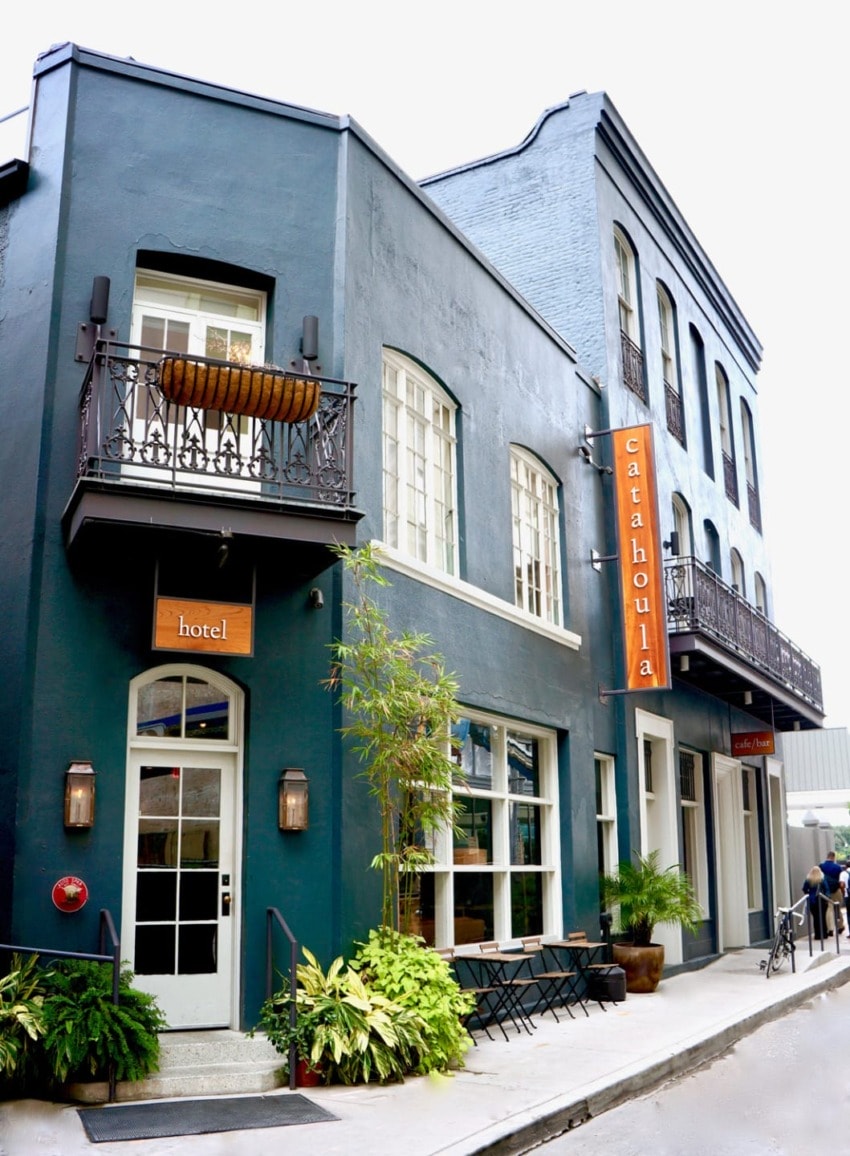
Prospect tourists will have plenty of options for sleeping, shopping, and eating. In a town averse to newness, the Ace Hotel has managed to gain a foothold. Situated in the Warehouse District, the Ace stands tall on a formerly deserted stretch of Carondelet Street, its neon HOTEL sign glowing red, a beacon of success. Several of the cities’ brightest new restaurants—Seaworthy, Josephine Estelle, and Balise—have all sprouted up in the awakened neighborhood. Nearby, the recently restored Catahoula Hotel, named after the state dog of Louisiana, takes its design cues from South America, with cocktails served round the clock in the breezy, tile-floor lobby. And, finally, a slew of grandes dames have gone under the knife, including the Pontchartrain Hotel, a high-society classic on St. Charles Avenue, which just received a multimillion-dollar makeover by a group of developers and investors, including the first family of football, the Mannings. (Members of the clan are often spotted having supper in one of the glamorous pink-leather banquettes in the hotel’s restaurant, the Caribbean Room.) And folks are still talking about the beautification of the storied Roosevelt, especially its sleekly seductive 1930s wood-paneled Sazerac Bar.
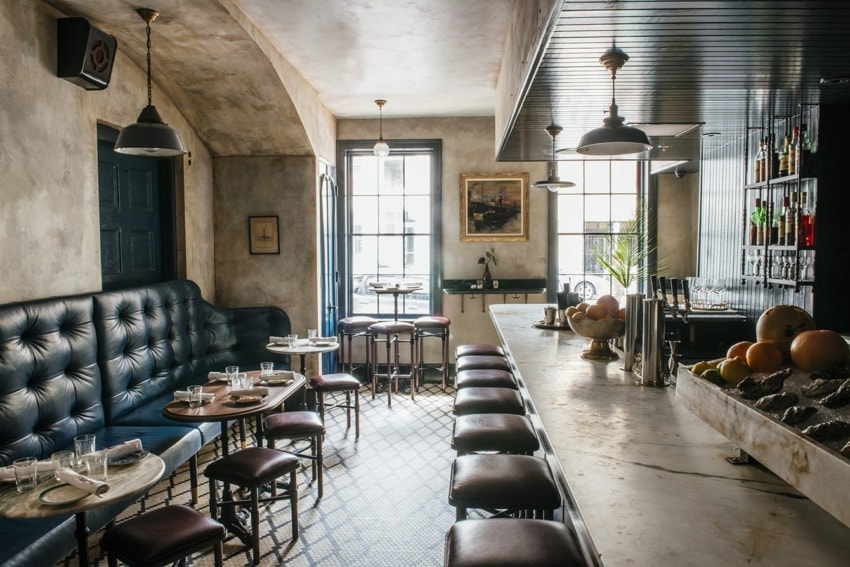
To cries of delight among ball-going women, two new couture dress shops have thrown open their doors on Magazine Street: Pilot and Powell and Sosusu. Plus, cult boutique Freda, from Marfa, Texas, has landed next to the Ace Hotel, carrying one-of-a-kind frocks, cotton dungarees, and custom Mardi Gras headdresses you won’t find in the French Quarter. Discerning hipster gentlemen should head straight to Friend, one door down from Freda, for a carefully edited display of menswear and New Orleans–centric souvenirs.
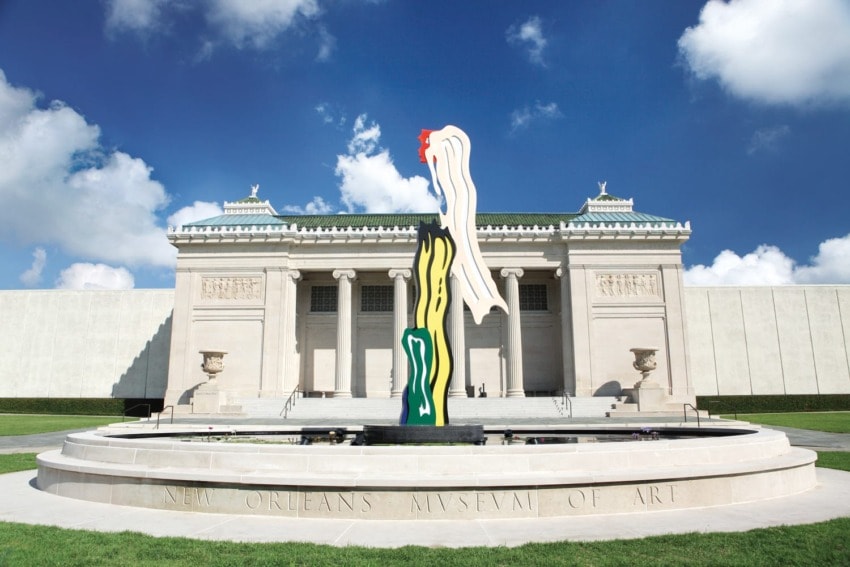
While Prospect.4 artists prepare for the triennial, galleries along Julia Street are also ramping up with a calendar of noteworthy fall exhibitions. Spend an afternoon at Jonathan Ferrara, Arthur Roger, and Callan Contemporary—the pioneers of the contemporary scene in New Orleans—but also peek into Good Children and some of the younger galleries along St. Claude Avenue that have been exhibiting art stars on the rise like photographer Sophie T. Lvoff.
Farther downtown, the sonically cosmic playground known as the Music Box Village is hosting weekend performances at its new outdoor home, constructed in a grove of trees at the foot of the Bywater levee. The progressive swamp-rock duo Quintron and Miss Pussycat will headline for the opening weekend of Prospect.4, and it’s anyone’s guess who else might make a cameo; touring A-listers in town for a night often sneak into the venue for a surprise set that has everyone buzzing the next day.
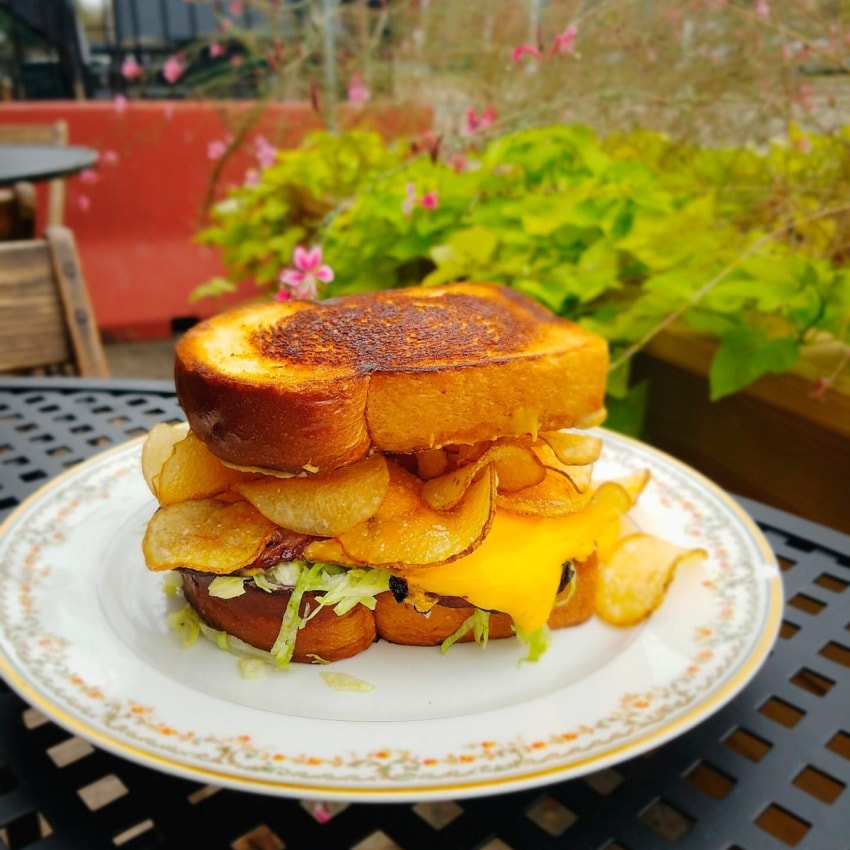
Meanwhile, another sort of storyteller—one using the language of food—is garnering accolades: chef Mason Hereford of the James Beard–nominated restaurant Turkey and the Wolf. His work of genius? A fried-bologna sandwich that has a line of well-heeled patrons snaking out the door. “Like the city I love, it’s been a long time in the making,” Hereford says, “and it’s perfect.”